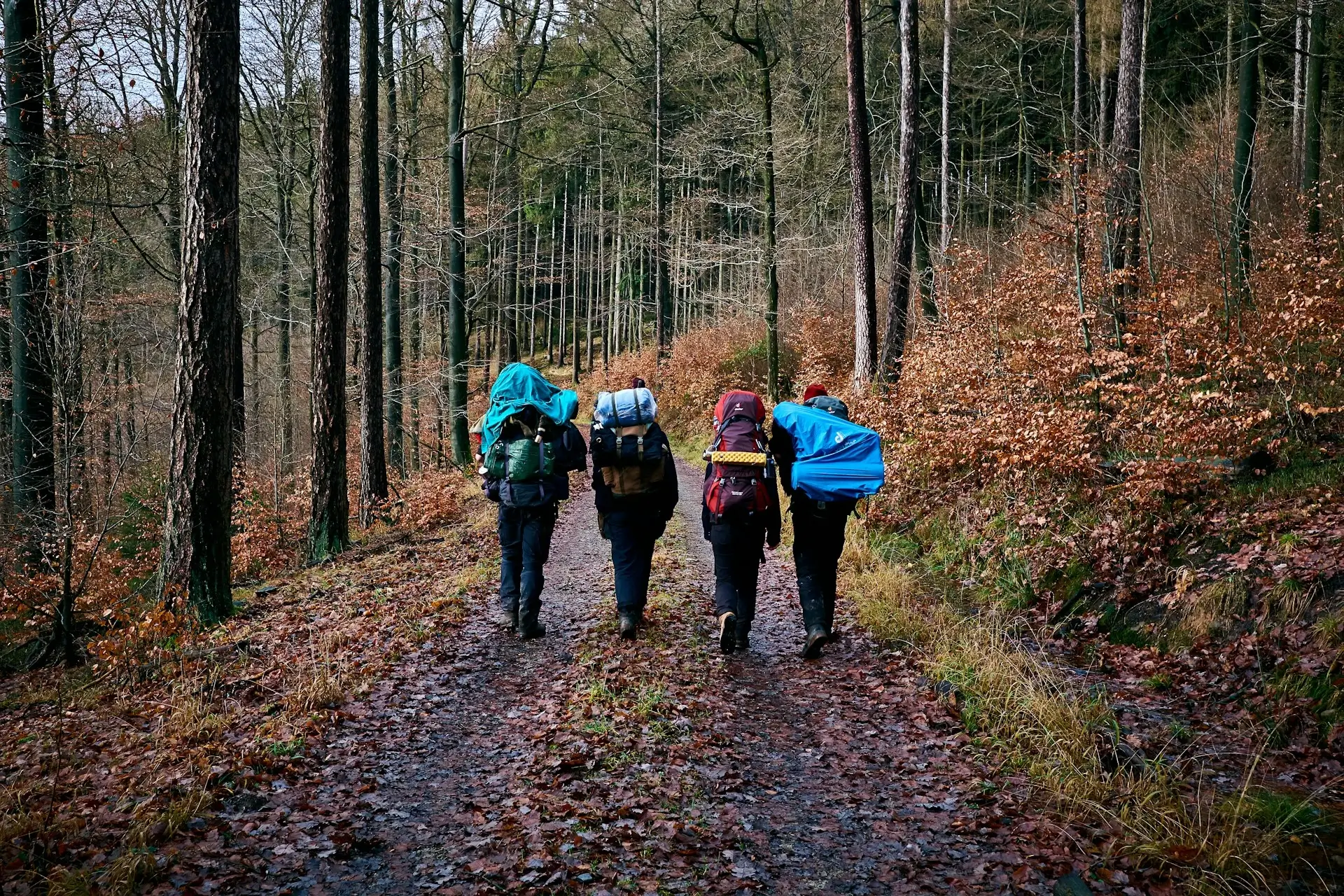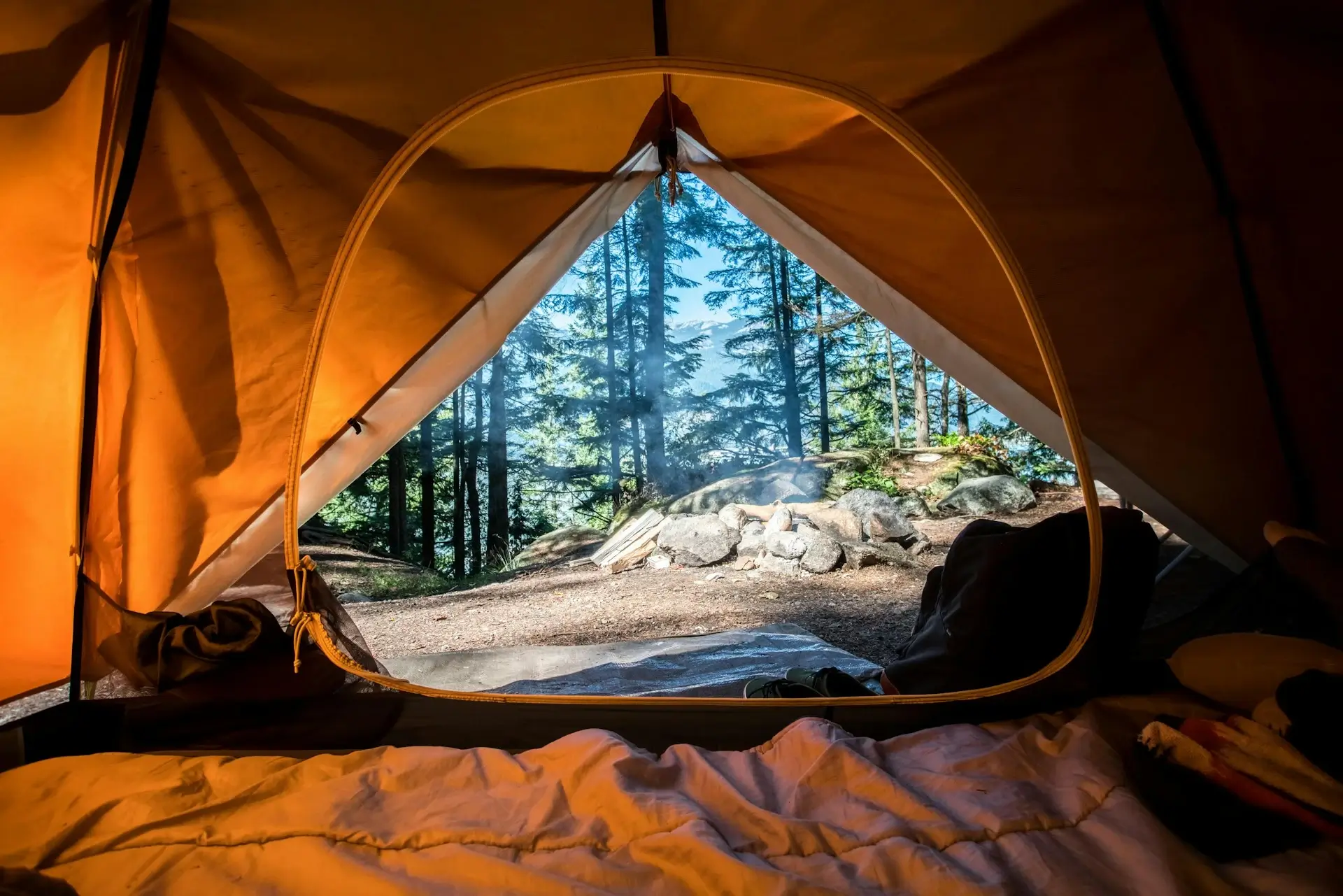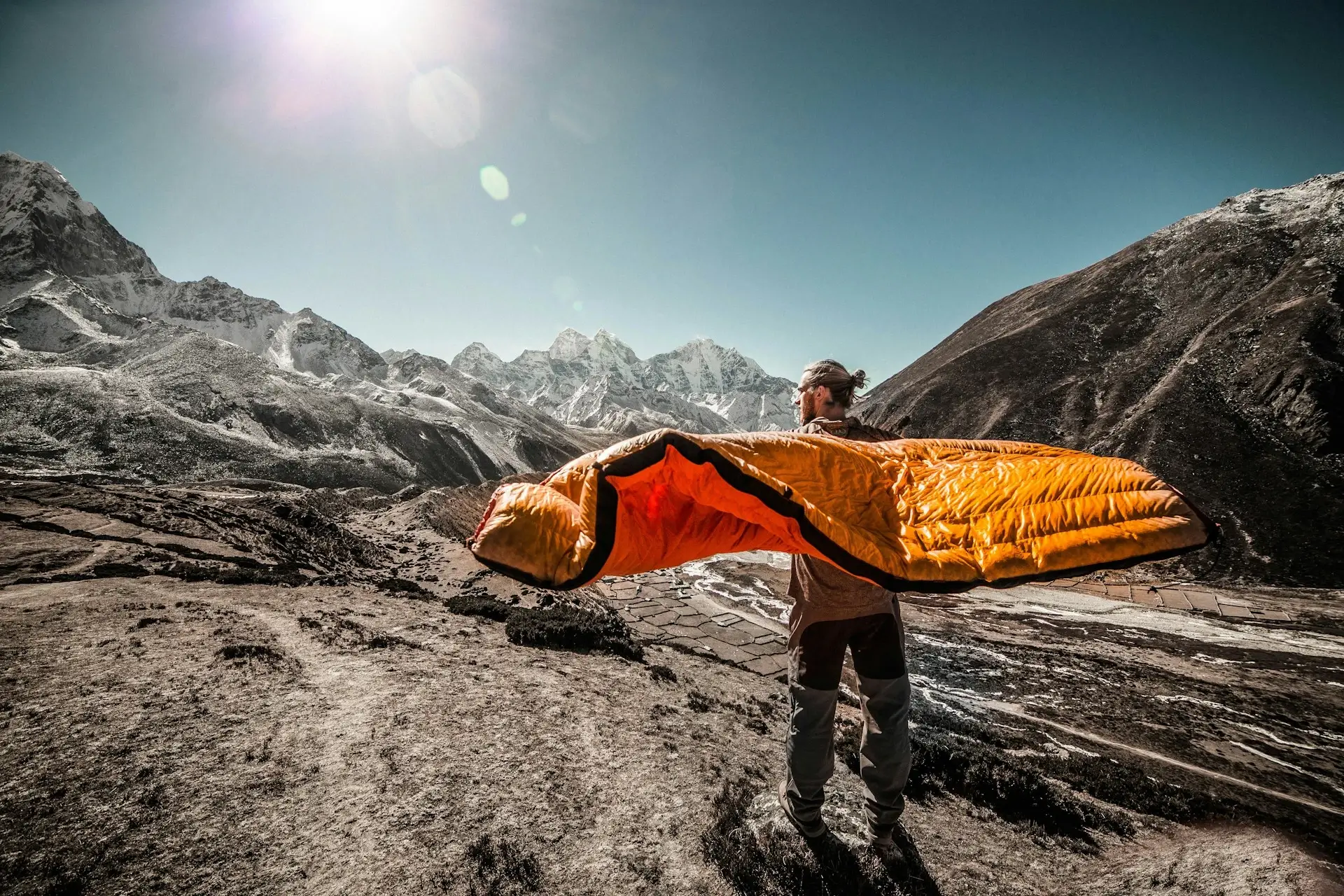Essentials for Backpacking – Beginner's Checklist
By Kay Louise

Leaving for your first outdoor adventure is an exciting experience full of promise and possibilities. But before you leave home, it is crucial to make sure you are bringing all the essentials for backpacking with you.
A well-prepared trip with all the necessary equipment is vital if you are going to remain happy, safe and comfortable while facing the wonders and challenges of the great outdoors. Our beginner’s backpacking equipment list below will help you choose the three core basics you need before you embark on your first trip. So, let’s get started!
Essentials for Backpacking for Beginners
Whether you are planning a mountain trek or a weeklong adventure in the woodlands, bringing the key backpacking essentials is vital for enjoying your trip. Below, we will walk you through the key items that will be the core of your backpacking equipment list:
- Backpack
- Sleeping Bag
- Tent
These three pieces of equipment are important investments that could make or break your trip. So, let’s look at what you need to consider when buying this critical camping equipment.
The Best Backpack for Backpacking
Chances are you already have a backpack somewhere in the back of your closet, but your customary gym or college bag won’t make the grade here. A high-quality, comfortable, and long-lasting backpack is one of your key essentials for backpacking.
Your backpack needs to be strong and large enough to carry the majority of your kit but also comfortable enough for you to walk miles every day without developing serious back and neck aches.
Size of your Backpacking Backpack
When choosing these backpacking essentials, you need to look for a backpack that is large enough to carry your other items. If you are planning a weekend getaway, then a pack that holds 40-50 litres is usually sufficient. However, you might want to consider investing in a larger 60-70 litre capacity backpack if heading out for a longer trip. This Osprey Bakcpack from Amazon is a good choice for a weekend trip.
Backpack Fit
The way a backpack fits your frame is equally important. Remember, you are going to use this bag to carry around a considerable weight for hours, so you need to pick an option that isn’t going to cause any discomfort or strain. Pick a specially designed hiking or camping backpack that will evenly distribute the bag’s weight across your shoulders and hips.
If you are heading to an outdoor gear store, the experts there should be able to help you select a backpack that fits your torso and hips. If you are buying online, make sure to take measurements ahead of your search and read reviews. Choosing a backpack with adjustable straps will help you customise the bag for a comfortable fit.
Other Backpack Features to Consider
As well as ensuring that a backpack is large enough and a comfortable fit, there are some other features that should come into play when creating your backpacking equipment list. Essentials for backpacks include:
- Made of durable, waterproof and long-lasting materials.
- Padded shoulder and hip straps will add comfort and support.
- Ventilation features to keep your back and items cool.
- Multiple pockets and compartments to help you find what you need quickly.
- External attachment straps so you can attach rolled sleeping pads, hiking poles, or other equipment.

Essentials for Backpacking Tents
Your tent is your shelter from the wilderness around you, so you really can’t afford to scrimp when choosing these backpacking essentials. You need a tent that is large enough to be comfortable for sleeping but lightweight enough for you to carry around. Here are some of the most important features to consider when buying a camping tent:
Tent Size:
You should select a camping tent large enough for your needs. For example, will you be travelling solo, or do you need a tent large enough to sleep two or three people? Remember to also allow for space to store your gear and lie down comfortably.
Weight Considerations:
Ideally, your tent should be as lightweight as possible. However, you need to make sure the material is still robust and durable enough to offer sufficient protection against the elements. Aim for a tent that weighs 2 to 5 pounds (remember to factor in the size you need and the weatherproofing requirements).
Protection from Weather:
The tent you choose needs to protect you from all the elements. For most trips, a three-season tent will offer protection from wind, rain, and a moderate level of cold. However, if you are planning to backpack in harsher conditions, a four-season tent will provide more protection and insulation.
Key Features of a Tent:
As well as considering weight, size, and weather protection, here are some other features to check before buying these essentials for backpacking:
- Adequate ventilation to prevent dampness and condensation.
- Strong rainfly to cover the tent.
- Robust waterproofing on seams and connections.
- Mesh panels to keep insects outside.
- Strong and sturdy poles to ensure the tent remains stable in the wind.
Try looking here for a good place to start: Backpacking Tents

Choosing the Best Sleeping Bag for Backpacking
Getting a good night’s sleep is vital so you can properly enjoy the day ahead. So, you should invest in a high-quality sleeping bag that will keep you comfortably warm as the temperature drops at night. When picking these hiking and camping essentials, you need to consider insulation type, size, shape, and materials. Here is what to look out for when adding this item to your camping equipment list:
Sleeping Bag Insulation:
Different types of sleeping bags are developed for different temperatures. So, you need to think about where you will be heading before investing in these essentials for backpacking. When choosing your bag, you should select an option that matches the lowest temperatures you will be facing during your trip.
Lightweight sleeping bags with down insulation are compressible and easy to carry. However, this type of filling can lose insulation capabilities when wet. Bags with synthetic insulation tend to perform better in damp conditions and dry quicker.
Shape of Sleeping Bag:
The sleeping bag shape you choose will affect both your warmth and comfort levels. A snug mummy shape is more heat efficient. However, a rectangular sleeping bag will give you more room to move around as you sleep. Your best choice for these backpacking essentials will depend on the temperature of your destination and your sleeping habits.
Sleeping Pads:
Placing a sleeping pad under your sleeping bag will provide extra insulation and cushioning comfort against the cold, hard ground. This will keep you warmer and help improve your sleep quality, so it’s one of your key essentials for backpacking.
Conclusion: Essentials for Backpacking
Planning your first outdoor trip is the initial step in an incredible lifelong journey. As a beginner, making sure you invest in the right essentials for backpacking will ensure that you can enjoy a safe and comfortable experience. Choosing the best backpack, tent, and sleeping bag for you and your trip will provide you with the best possible start as you create your equipment list.
For a more detailed breakdown of backpacking essentials, check out our article on The Backpacking Ten Essentials here.